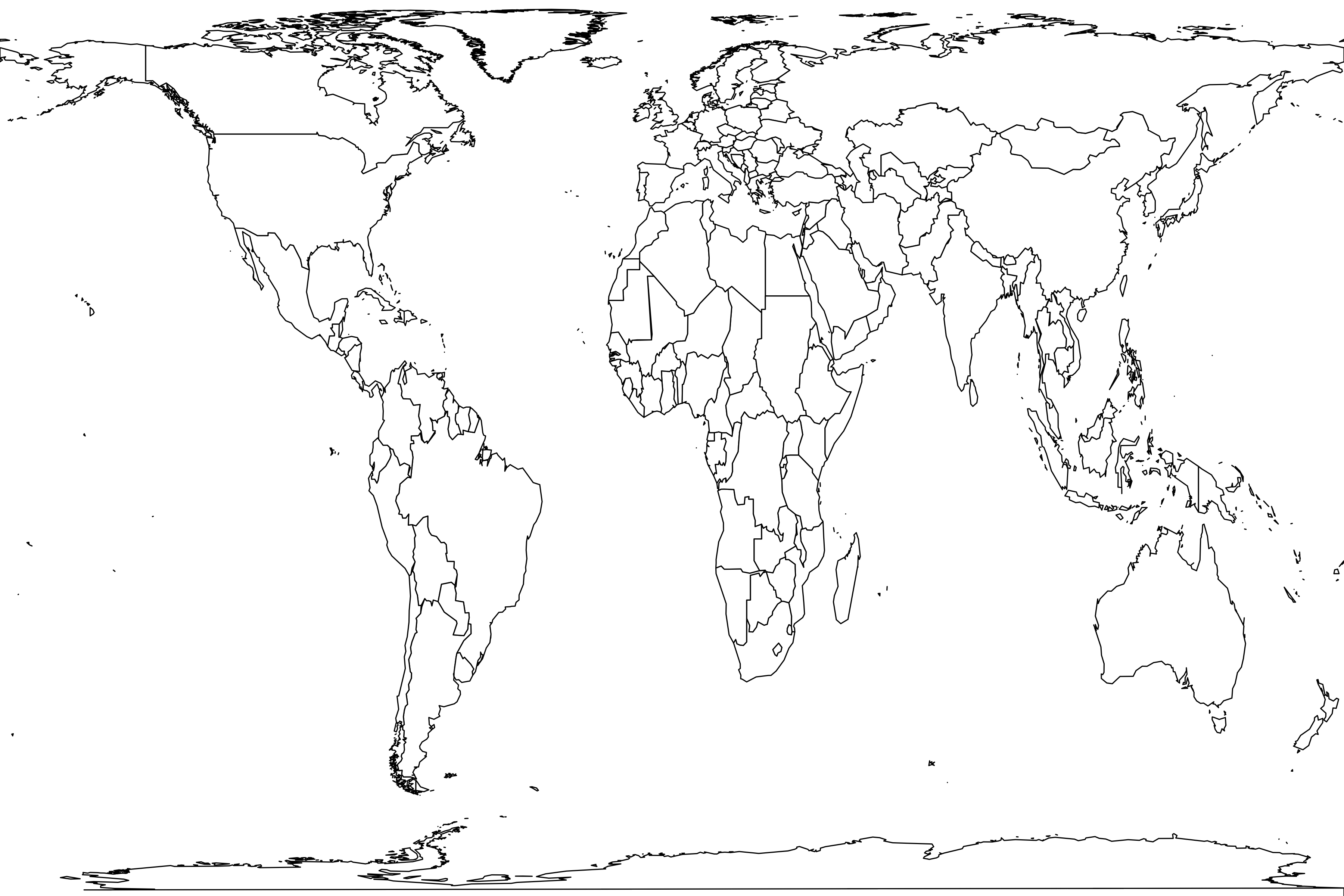Venta Micena 4-I
Basic information
Sample name: Venta Micena 4-I
Sample aka: VM4-I
Reference: J. Yravedra, C. Luzon, J. A. Solano, G. J. Linares-Matas, V. Estaca-Gomez, J. J. Rodriguez-Alba, L. A. Courtenay, D. Herranz-Rodrigo, A. Serrano-Ramos, J. Camara, J. Saarinen, C. Sanchez-Bandera, H. A. Blain, S. Viranta-Kovanen, D. DeMiguel, B. Azanza, O. Oms, J. Agusti, M. Fortelius, and J. M. J. Arenas. 2023. To den or not to den. Contributions to the taphonomic history of the Early Pleistocene site of Venta Micena 4 (Orce, Guadix-Baza Basin). Quaternary Science Reviews 308(108031):1-22 [ER 3894]
Geography
Country: Spain
State: Granada
County: Orce
Coordinate: 37.732952° N, -2.404772° W
Coordinate basis: estimated from map
Time interval: Early Pleistocene
Section: VM4-I
Unit order: below to above
Max Ma: 1.6
Min Ma: 1.37
Age basis: ESR
Geography comments: Venta Micena (VM) is located in the Guadix-Baza Basin near Orce in southeastern Spain
Unit C, which VM4-I falls into has been dating using combined U-Th/ESR dating methods to a mean age of 1.37 +/- 0.25 Ma and has been refined/extended based on biochronology up to ~1.6 Ma
Unit C, which VM4-I falls into has been dating using combined U-Th/ESR dating methods to a mean age of 1.37 +/- 0.25 Ma and has been refined/extended based on biochronology up to ~1.6 Ma
Environment
Lithology: limestone
Taphonomic context: carnivore accumulation,lake deposit
Habitat comments: "VM4 would have been located near the edge of a lacustrine environment centered around the relatively large and saline endorheic Baza lake"
VM4-I is situated below VM4II in Interval C1 of Venta Micena's Unit C within micritic limestone of palustrine and lacustrine origin
Tooth marks are present on 4.4% of well-preserved bones at VM4-I with only 5% of marked bones exhibiting >5 tooth marks per bone
Weathering alterations are scarce, implying low levels of subaerial exposure
Evidenced by tooth marks, bone breakage patterns, and other taphonomic evidence it is probable that VM4 represents an open-air site where "multiple carnivores interacted with herbivore carcasses", mainly felids, hyaenids, and possibly canids
The assemblage is not thought to be accumulated as the result of activity by one particular taxon, but rather through the input of "multiple agents"
Taphonomic research is still ongoing as is the debate on accumulation at Venta Micena 4
VM4-I is situated below VM4II in Interval C1 of Venta Micena's Unit C within micritic limestone of palustrine and lacustrine origin
Tooth marks are present on 4.4% of well-preserved bones at VM4-I with only 5% of marked bones exhibiting >5 tooth marks per bone
Weathering alterations are scarce, implying low levels of subaerial exposure
Evidenced by tooth marks, bone breakage patterns, and other taphonomic evidence it is probable that VM4 represents an open-air site where "multiple carnivores interacted with herbivore carcasses", mainly felids, hyaenids, and possibly canids
The assemblage is not thought to be accumulated as the result of activity by one particular taxon, but rather through the input of "multiple agents"
Taphonomic research is still ongoing as is the debate on accumulation at Venta Micena 4
Methods
Life forms: carnivores,ungulates,other small mammals,birds,turtles
Sampling methods: quarry
Sample size: 368 specimens
Sampling comments: 39 m squared has been excavated over seven field seasons: 2005, 2013-15, and 2017-19
VM4-I consists of 1732 faunal remains
Counts excluded:
Cervidae
Bovidae - 23
Canidae - 13
Felidae - 4
Carnivora - 12
VM4-I consists of 1732 faunal remains
Counts excluded:
Cervidae
Bovidae - 23
Canidae - 13
Felidae - 4
Carnivora - 12
Metadata
Sample number: 4281
Contributor: Jack Nesbitt
Enterer: Jack Nesbitt
Created: 2023-05-23 16:39:16
Modified: 2023-05-24 00:44:42
Abundance distribution
18 species
1 singleton
total count 368
geometric series index: 21.9
Fisher's α: 3.963
geometric series k: 0.7524
Hurlbert's PIE: 0.8394
Shannon's H: 2.2899
Good's u: 0.9973
Each square represents a species. Square sizes are proportional to counts.
• Find matching samples
Register
| †Mammuthus meridionalis | 3 | |
| †Stephanorhinus etruscus | 13 | |
| †Equus altidens | 126 | |
| †Hippopotamus antiquus | 17 | |
| Bison sp. | 20 | |
| †Soergelia minor | 8 | |
| †Capra alba | 16 | |
| †Praemegaceros verticornis | 39 | |
| †Metacervoceros rhenanus | 33 | |
| †Canis mosbachensis | 7 | 43 kg carnivore |
| †Canis (Xenocyon) lycanoides | 13 | |
| "Xenocyon (= Lycaon) lycaonoides" | ||
| †Vulpes alopecoides | 2 | |
| †Pachycrocuta brevirostris | 16 | |
| †Homotherium latidens | 1 | |
| †Ursus etruscus | 4 | |
| Lagomorpha indet. | 7 | |
| Testudines indet. | 38 | |
| Aves indet. | 5 | |


